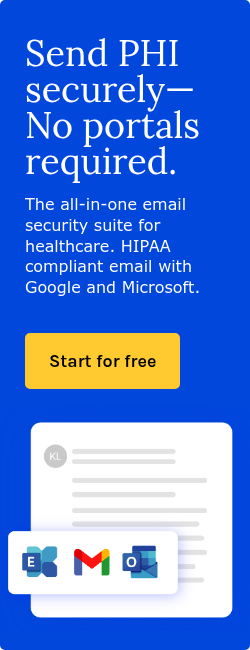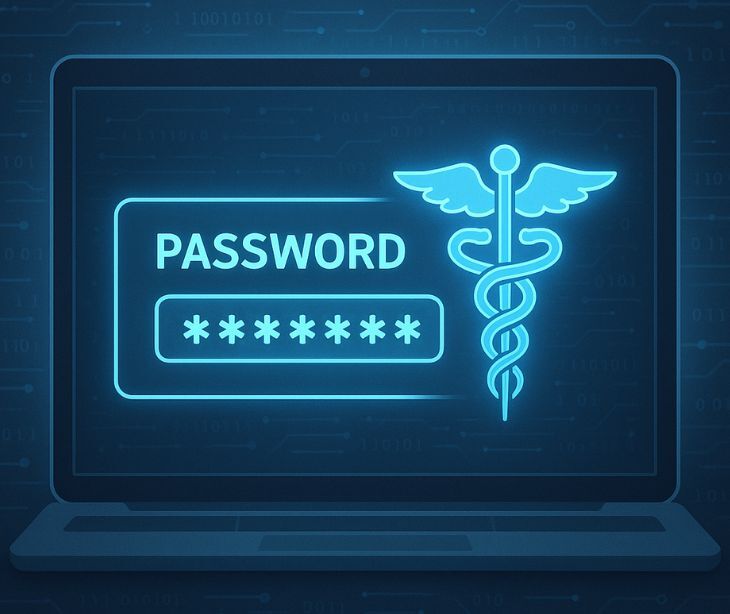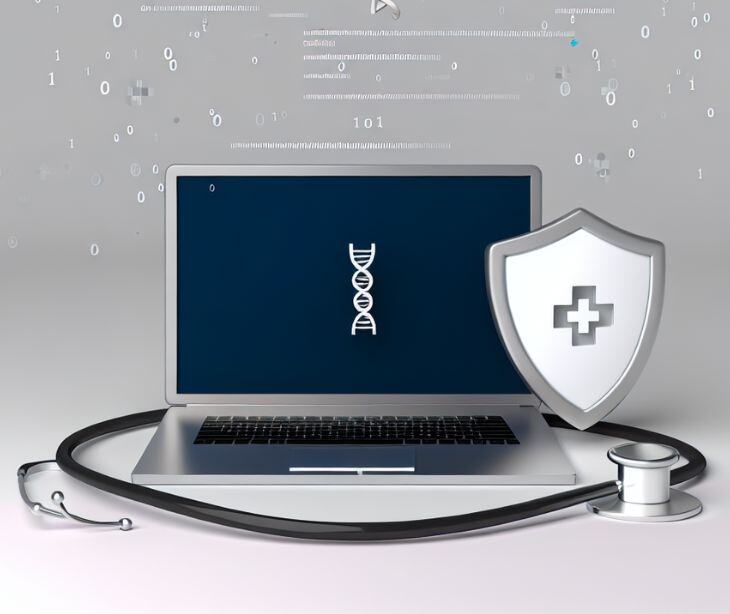
Security breaches are a major threat to all sectors, particularly healthcare. According to a study Healthcare Data Breaches: Insights and Implications “E-health data is highly susceptible, as it is targeted most frequently by attackers. A long-term analysis of data breaches showed that healthcare records were exposed by both internal and external attacks, such as hacking, theft/loss, unauthentic internal disclosure, and the improper disposal of unnecessary but sensitive data.”
What are the consequences of a security breach?
Compromised client trust
A security breach can quickly erode that trust and damage a reputation. The loss of client trust can lead to a decline in business, causing you to lose clients, investors, suppliers, and ultimately, your business itself.
Theft
Cyber fraud and data theft are more common than ever. Hackers often target valuable data, including personal information and intellectual property, which can be sold on the black market for substantial profits. The consequences of such theft can be far-reaching. For instance, a company may lose its competitive advantage and suffer long-term damage to its brand.
According to IBM’s 2020 Cost of Data Breach Study: United States, the average cost per breached record is $146. With breaches comprising hundreds or thousands of records, the financial impact can be astronomical.
Financial loss
A security breach jeopardizes your revenue streams and leads to various other financial losses. Dealing with the aftermath of a breach can be expensive, with costs ranging from attorney fees to investing in a more efficient security plan.
In fact, small businesses, on average, pay around $38,000 in direct expenses to recover from a single data breach, as reported by Kaspersky Lab. Ignoring the potential financial implications of a security breach can have severe consequences for your business's survival.
Public relations and crisis management
The fallout from a security breach often requires massive investments in public relations and crisis management. These measures can come at a high cost, both financially and in terms of reputation.
Operating under tight timelines and intense scrutiny leaves little room for error, and mistakes can make the situation worse. Investing in a proactive crisis management strategy and having a dedicated team in place can help mitigate the negative impact on your business and streamline the recovery process.
Intangible costs
While the tangible costs of a security breach are evident, there are also intangible costs that businesses must consider. Unforeseen expenses, such as increased insurance premiums, operational disruptions, and difficulties in raising capital, can arise as a result of a breach.
According to Deloitte's study, over 90 percent of the impact of a cyber attack is likely to be intangible. These hidden costs can greatly affect your business's overall financial health and operational efficiency.
The importance of preparedness
Implementing technical safeguards and establishing active protocols for protecting client data should be a top priority. Compliance with regulations like HIPAA can provide a framework for ensuring the security of sensitive information.
Further preventative measures
A newsletter released by the Health and Human Services Office for Civil Rights focuses on cyber extortion threats faced by organizations in the healthcare sector. They spotlight the risks of attackers gaining access to sensitive data and threatening to publish it. To reduce the chances of falling victim to cyber extortion or a data breach, the following guidelines are recommended:
- Implement a risk assessment and management program to identify vulnerabilities
- Conduct regular employee training to enhance awareness of suspicious emails and phishing attempts
- Deploy proactive anti-malware solutions to detect and prevent attacks
- Patch systems regularly to address known vulnerabilities
- Harden internal network defenses and limit internal network access to authorized personnel
- Develop and regularly test contingency and disaster recovery plans
- Encrypt and back up sensitive data to protect against unauthorized access
- Implement and review audit logs to detect and respond to potential threats
- Stay vigilant for emerging cyber threats and vulnerabilities
In the news
One of the largest cybersecurity events in recent history, the Change Healthcare ransomware attack, continues to draw massive attention from lawmakers, healthcare organizations, and the public. Nearly 30% of Americans are estimated to have had their data impacted in some capacity. Despite UnitedHealth ultimately paying a $22 million ransom to the extortion group BlackCat, they continue to face threats from other actors, now aligned with RansomHub, who may have been involved.
Anders Gilberg, the Senior Vice President of Government Affairs for the Medical Group Management Association, revealed that around 15,000 medical group practices have suffered due to the cyberattack's repercussions.
Moreover, the U.S. Department of Health and Human Services (HHS), through its Office for Civil Rights (OCR), has officially disclosed that the breach will be subject to a thorough investigation. In a public letter, the OCR outlined its intent to scrutinize the incident in light of HIPAA regulations, indicating the likelihood of charges for a spectrum of violations.
See also: HIPAA Compliant Email: The Definitive Guide
Subscribe to Paubox Weekly
Every Friday we'll bring you the most important news from Paubox. Our aim is to make you smarter, faster.




